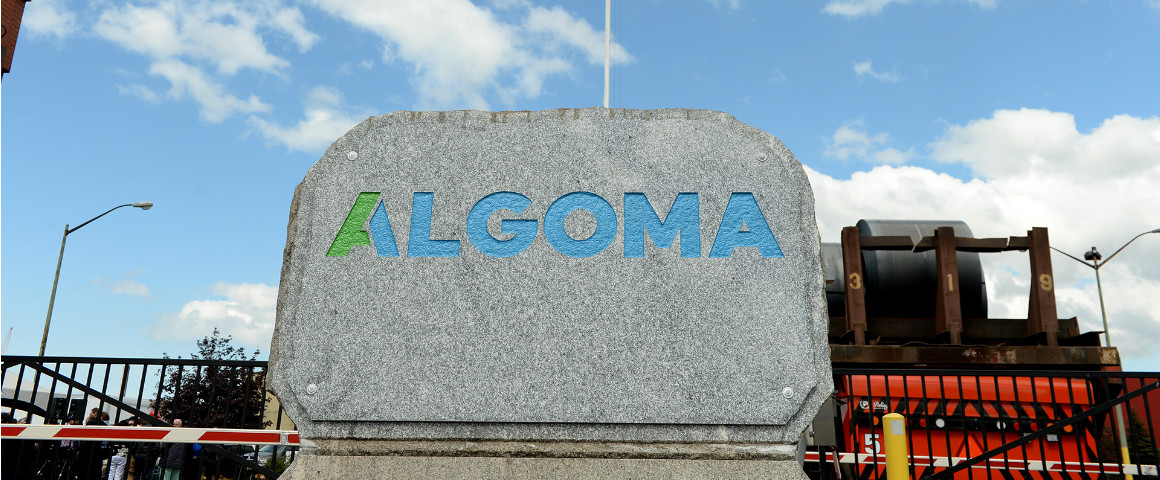By Dave McKee
In November 2021, Algoma Steel announced that it would replace the coke (coal) burning blast furnace at its facility in Sault Ste. Marie, Ontario with new electric arc furnaces. The upgrade, which is underway now, is expected to result in a 70-percent reduction in Algoma’s carbon emissions.
The company expects the new furnaces to cost around $850 million, with the federal government kicking in about half of that – $420 million – in public funds as part of its climate strategy.
Algoma, which is Canada’s second largest steel manufacturer, is singing the praises of its conversion to “green steel.” In a Globe and Mail article on August 31, CEO Michael Garcia described the project as critical to Algoma’s future, making the 122-year-old company a key part of Canada’s energy transition while modernizing its facilities and taking on a big role in recycling scrap steel, since that rather than iron ore is the main source of material.
Undoubtedly, the switch from coke-based blast furnaces to electric furnaces will bring some significant environment-related benefits. Algoma currently produces about 2.8 million tons of steel annually, which requires an estimated 2.2 million tons of coal. Shifting away from that means big immediate improvements for air quality in and around Sault Ste. Marie. It also makes a sizeable dent in Canada’s overall carbon emissions – the expected 70-percent drop in Algoma’s emissions corresponds to more than 10 percent of Ottawa’s goal for 2030 under the Paris Agreement.
It’s such a lovely example of corporate responsibility, coupled with government benevolence, that it almost makes you think that capitalism isn’t so bad after all.
That is, until the other shoe drops.
See, Algoma’s conversion to electric arc furnaces is only partly about climate justice and carbon emissions goals. Sure, that’s a big consideration on its own, even from a corporate point of view – after all, nobody can make much of a profit off a dead planet.
But a huge part of Algoma’s interest is in updating its decades-old infrastructure to increase productivity. And increasing productivity almost always means shedding jobs.
In Algoma’s case, it means shedding a lot of jobs. Currently, there are about 3000 workers at the plant, making 2.8 million tons of steel. After the conversion, the corporation only expects to have about 1600 workers, but they will make 3.7 million tons of steel.
So, let’s do some math. The contract between Algoma and USW Local 2251 contract indicates that the workers have a 40-hour work week and an average hourly wage of around $42. This works out to about $87,000 per year per worker. At current output of 2.8 million tons, that means an average output of about 933 tons of steel per worker at a labour cost of about $93 per ton.
Moving to post-conversion production, those output numbers leap to over 2300 tons of steel per worker. The labour cost per ton topples down to about $38 per ton.
So, in the end, Algoma saves over $120 million in wages from the 1400 people they get to sack (not counting payroll costs or factoring in pay increases), their revenue (based on output) jumps 32 percent and their profit (based on labour exploitation) surges through the roof.
It’s not as if Algoma has been lacking in the profit department, either. It made a tidy $105 million last year and nearly $300 million the year before that.
And it sure doesn’t hurt that working people, through the federal government, are ponying up half the funding for the conversion. $420 million to watch your co-workers get canned.
In the end, we’re not talking so much about green steel as about a green steal.
Support working-class media!
If you found this article useful, please consider donating to People’s Voice or purchasing a subscription so that you get every issue of Canada’s leading socialist publication delivered to your door or inbox!
For over 100 years, we have been 100% reader-supported, with no corporate or government funding.




